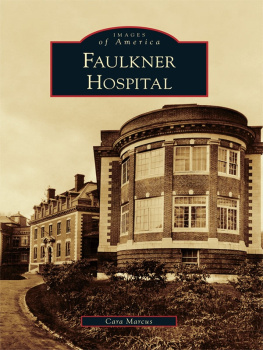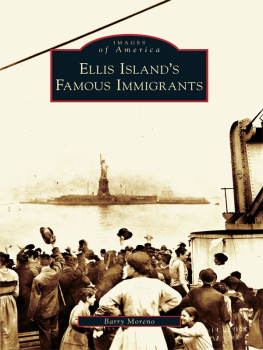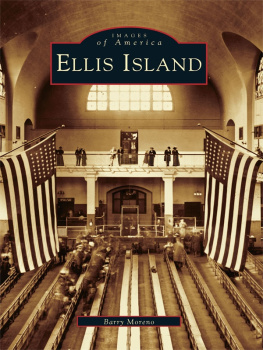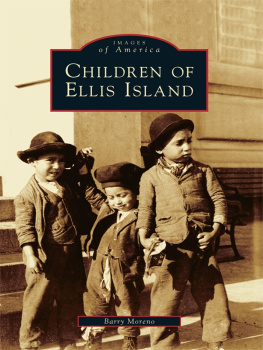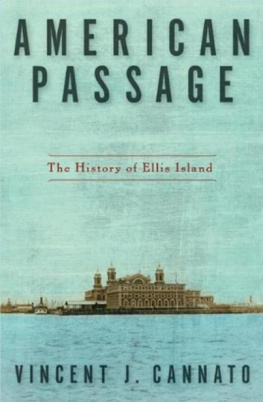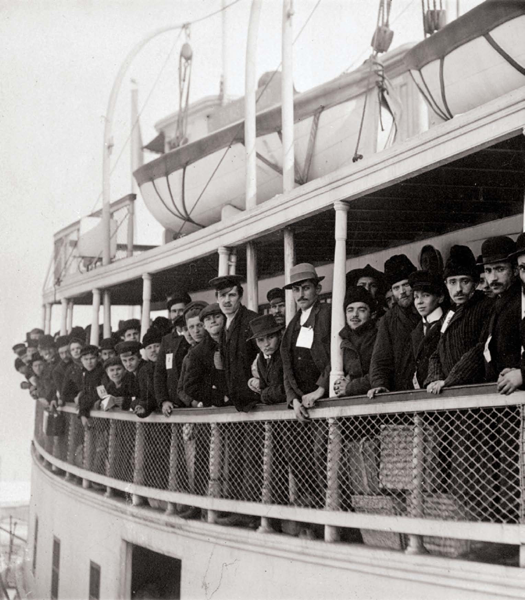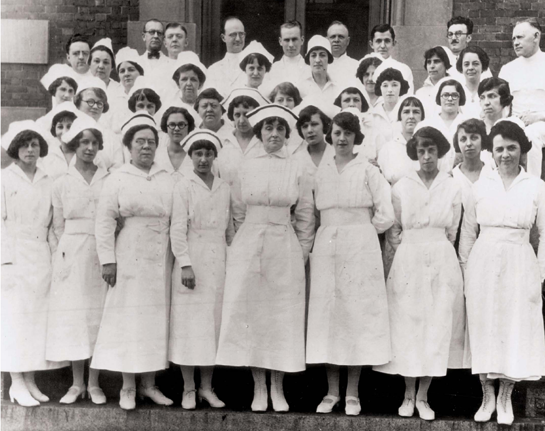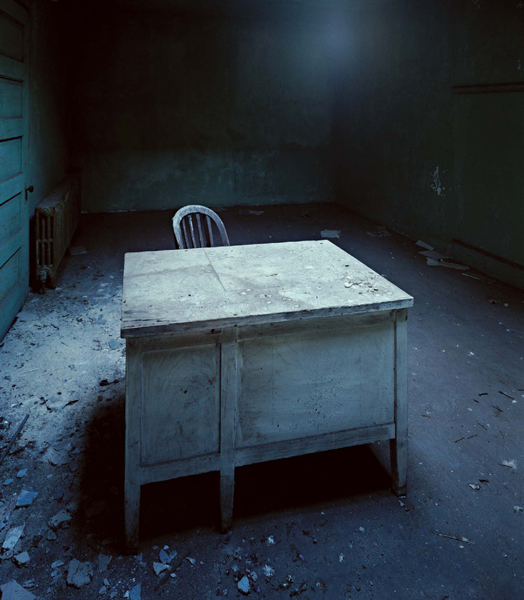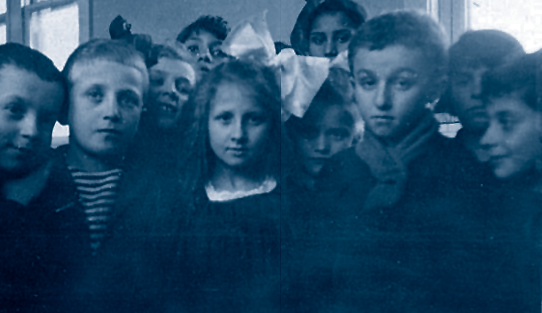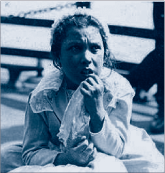Lorie Conway - Forgotten Ellis Island: The Extraordinary Story of Americas Immigrant Hospital
Here you can read online Lorie Conway - Forgotten Ellis Island: The Extraordinary Story of Americas Immigrant Hospital full text of the book (entire story) in english for free. Download pdf and epub, get meaning, cover and reviews about this ebook. year: 2010, publisher: HarperCollins, genre: Home and family. Description of the work, (preface) as well as reviews are available. Best literature library LitArk.com created for fans of good reading and offers a wide selection of genres:
Romance novel
Science fiction
Adventure
Detective
Science
History
Home and family
Prose
Art
Politics
Computer
Non-fiction
Religion
Business
Children
Humor
Choose a favorite category and find really read worthwhile books. Enjoy immersion in the world of imagination, feel the emotions of the characters or learn something new for yourself, make an fascinating discovery.

- Book:Forgotten Ellis Island: The Extraordinary Story of Americas Immigrant Hospital
- Author:
- Publisher:HarperCollins
- Genre:
- Year:2010
- Rating:5 / 5
- Favourites:Add to favourites
- Your mark:
Forgotten Ellis Island: The Extraordinary Story of Americas Immigrant Hospital: summary, description and annotation
We offer to read an annotation, description, summary or preface (depends on what the author of the book "Forgotten Ellis Island: The Extraordinary Story of Americas Immigrant Hospital" wrote himself). If you haven't found the necessary information about the book — write in the comments, we will try to find it.
A century ago, in the shadow of the Statue of Liberty, one of the worlds greatest public hospitals was built. Massive and modern, the hospitals twenty-two state-of-the-art buildings were crammed onto two small islands, man-made from the rock and dirt excavated during the building of the New York subway. As Americas first line of defense against immigrant-borne disease, the hospital was where the germs of the world converged.
The Ellis Island hospital was at once welcoming and forebodinga fateful crossroad for hundreds of thousands of hopeful immigrants. Those nursed to health were allowed entry to America. Those deemed feeble of body or mind were deported.
Three short decades after it opened, the Ellis Island hospital was all but abandoned. As America after World War I began shutting its border to all but a favored few, the hospital fell into disuse and decay, its medical wards left open only to the salt air of the New York Harbor.
With many never-before-published photographs and compelling, sometimes heartbreaking stories of patients (a few of whom are still alive today) and medical staff, Forgotten Ellis Island is the first book about this extraordinary institution. It is a powerful tribute to the best and worst of Americas dealings with its new citizens-to-be.
Lorie Conway: author's other books
Who wrote Forgotten Ellis Island: The Extraordinary Story of Americas Immigrant Hospital? Find out the surname, the name of the author of the book and a list of all author's works by series.

